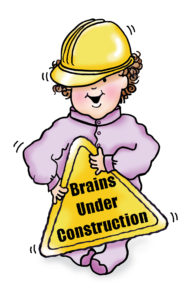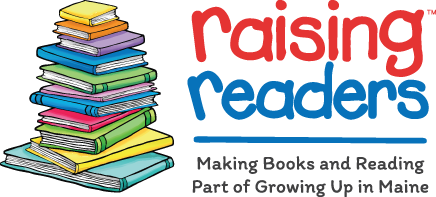An Introduction to Early Brain Development
February 26, 2018 | Brain Development, Help Your Child Get Ready to Read, Child Development
What is Early Brain Development?
 Those who spend time with children can’t help but marvel at their growth. From scrunched-up newborns to busy toddlers, the visible changes in the first three years of life are remarkable. Even more amazing, though, are the changes you can’t see. Babies are born with their brains still under construction. The Center on the Developing Child at Harvard University compares brain development to a house being built. A baby’s genes supply the “blueprint,” but his or her early experiences create the “foundation.” This foundation determines how the structure turns out.
Those who spend time with children can’t help but marvel at their growth. From scrunched-up newborns to busy toddlers, the visible changes in the first three years of life are remarkable. Even more amazing, though, are the changes you can’t see. Babies are born with their brains still under construction. The Center on the Developing Child at Harvard University compares brain development to a house being built. A baby’s genes supply the “blueprint,” but his or her early experiences create the “foundation.” This foundation determines how the structure turns out.
A million or more brain connections form every second
Caring for a baby or toddler is a busy job, but it hardly compares to what’s going on inside a young child’s brain! During these early years, a million or more brain connections form every second. Connections are strengthened with repeated use. Imagine narrow paths being smoothed and widened over time into highways. This happens as adults lead children through familiar routines, provide for their needs again and again, and engage them with language, stories, and songs. Lesser-used connections are eventually eliminated in a process called “synaptic pruning.” This mental “housecleaning” helps brains work efficiently.
Relationships are important for a child’s brain development
Brains are more adaptable to new learning in first three years of life than any other time. This brings great possibility but also great responsibility. Research has shown that relationships with parents and caregivers are crucial to brain development. When adults warmly respond to a child’s gaze, cry, gesture, babbling or words, they help create and strengthen brain connections. Researchers call these types of exchanges “serve and return.” Reading aloud, talking, snuggling, singing, and playing are examples of this back-and-forth brain building.
Brain research is a fascinating field with new discoveries being made all the time. Check out these resources to learn more about early brain development:
Center for the Developing Child Brain Architecture Resources
Better Brains for Babies website
